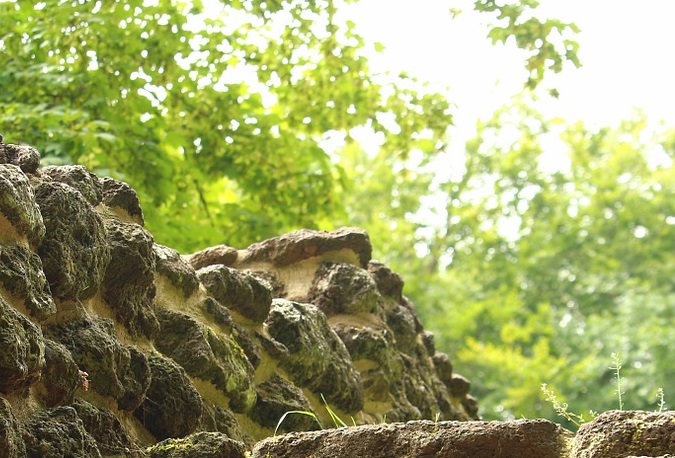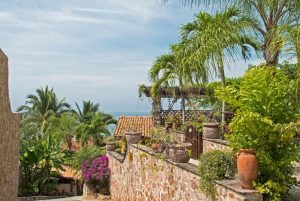The History of San Blas: From Naval Fort to Cathedral
If you’re ready to travel back in time on your next Mexican vacation, then the history of San Blas will be fascinating to you. While you’re staying at Villa Estrella, this historical treasure is less than an hour away from your beachfront luxury rental. There’s no excuse not to make your way there.
Where does the History of San Blas Begin?
The History of San Blas goes way back in time, but it’s the ruins dating from the late 1700s that bring travelers from all over the world. It was established as an official port of entry by Visitador Jose De Galvez in 1767 and was occupied and explored from the 10th Naval District.
San Blas was used for commerce in the region, as well as an outfitting point for expeditions. In fact, the history of San Blas was essentially a replacement of earlier ports of Acapulco and Navidad. Those had been used from the earliest exploration days. At the San Blas port, they forged and made implements for their missions and even built their ships. The expeditions started right on the edge of the mangrove swamps in this tiny port.
The Commerce History of San Blas
San Blas Harbor also catered to commerce from around the world. At the Tepic inland administrative centers, many different countries maintained consulates and factor’s offices. The Alta California and Baja California settlements never would have been possible without the supplies made available at this location.
Soldiers and settlers alike made up the history of San Blas, moving through the area and heading to California.
That said, since that time, the original location, as much as it is an important part of the history of San Blas, is made up of abandoned ruins. They can still be visited just outside the current established part of the city.
Naval History of San Blas
Aside from being a port and a shipbuilding and supply point, it was also the location of an important naval battle. The American ship, the U.S.S. Cyane attacked San Blas during the Mexican-American War of 1846 to 1848. At the town’s harbor entrance, the Castillo de la Entrada was captured and the victors took as trophies its 10 eight-pounder bronze guns. There is now a lighthouse where that Castillo had been.
The ruins from the original settlement date back to the 1770s. The main structures include the customs house and storage building (the Contaduria). The Contaduria had been a central building in the original town and harbor, with everything having been built around it. It was constructed about 100 to 200 feet above sea level on an outcropping. The once-four-storey-high face of the Contaduria was aimed directly at the ocean.
The Contaduria was used by the 10th Naval District as its administrative headquarters, as well as for supply storage. It was also an important landmark used by ships to spot the port when returning from Spanish explorations. Today, visitors wanting to enjoy the history of San Blas can see its ruins as well as six iron cannons now mounted there on pedestals.
The Cathedral’s History of San Blas
The Church of Our Lady of the Rosary (Iglesia de Nuestra Señora del Rosario), also a ruin, stands behind the Contaduria. That church was the focus of “The Bells of San Blas” poem by Henry Wadsworth Longfellow.
The Mexican government started taking a growing interest in preserving this site among its most historic ports. The history of San Blas is now back in the spotlight after being somewhat ignored, from an official stance, for quite some time.








